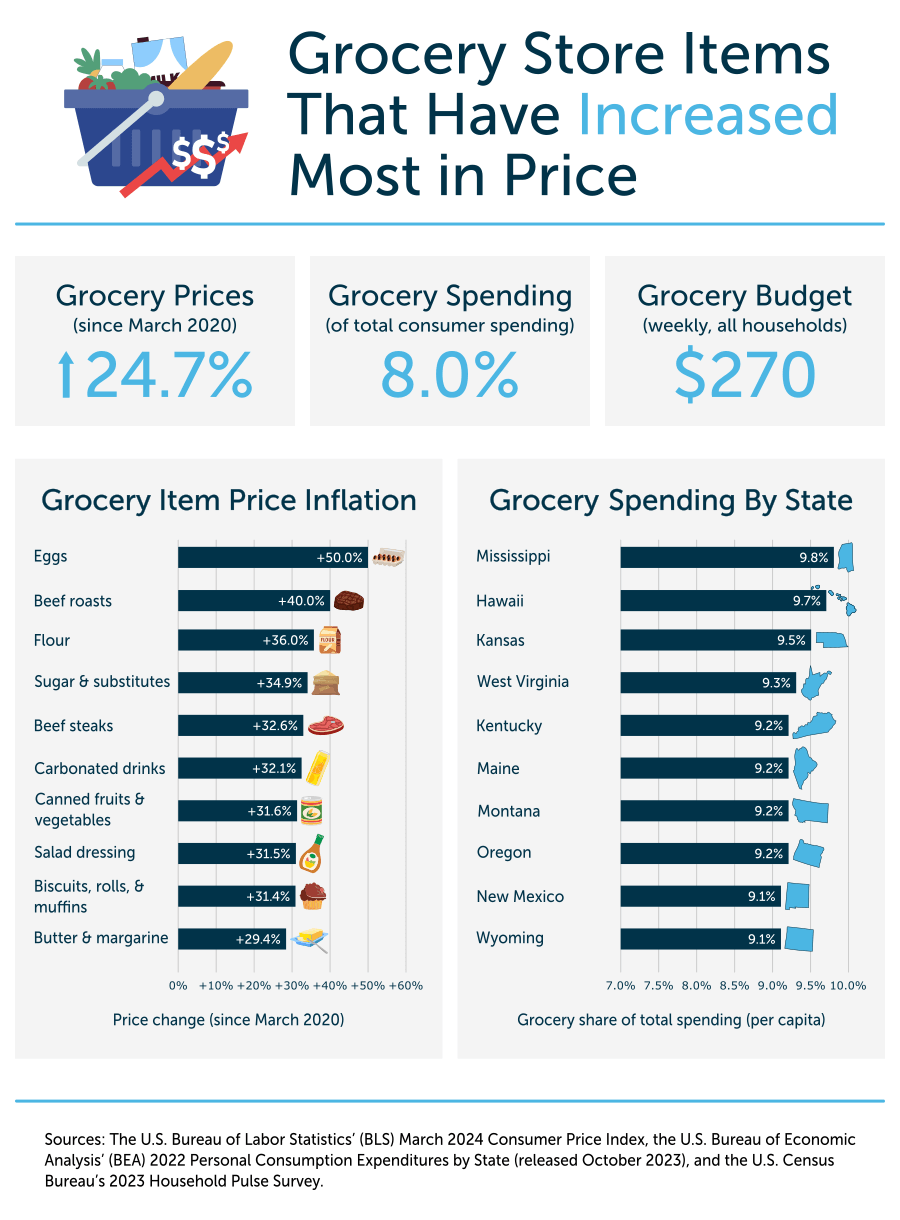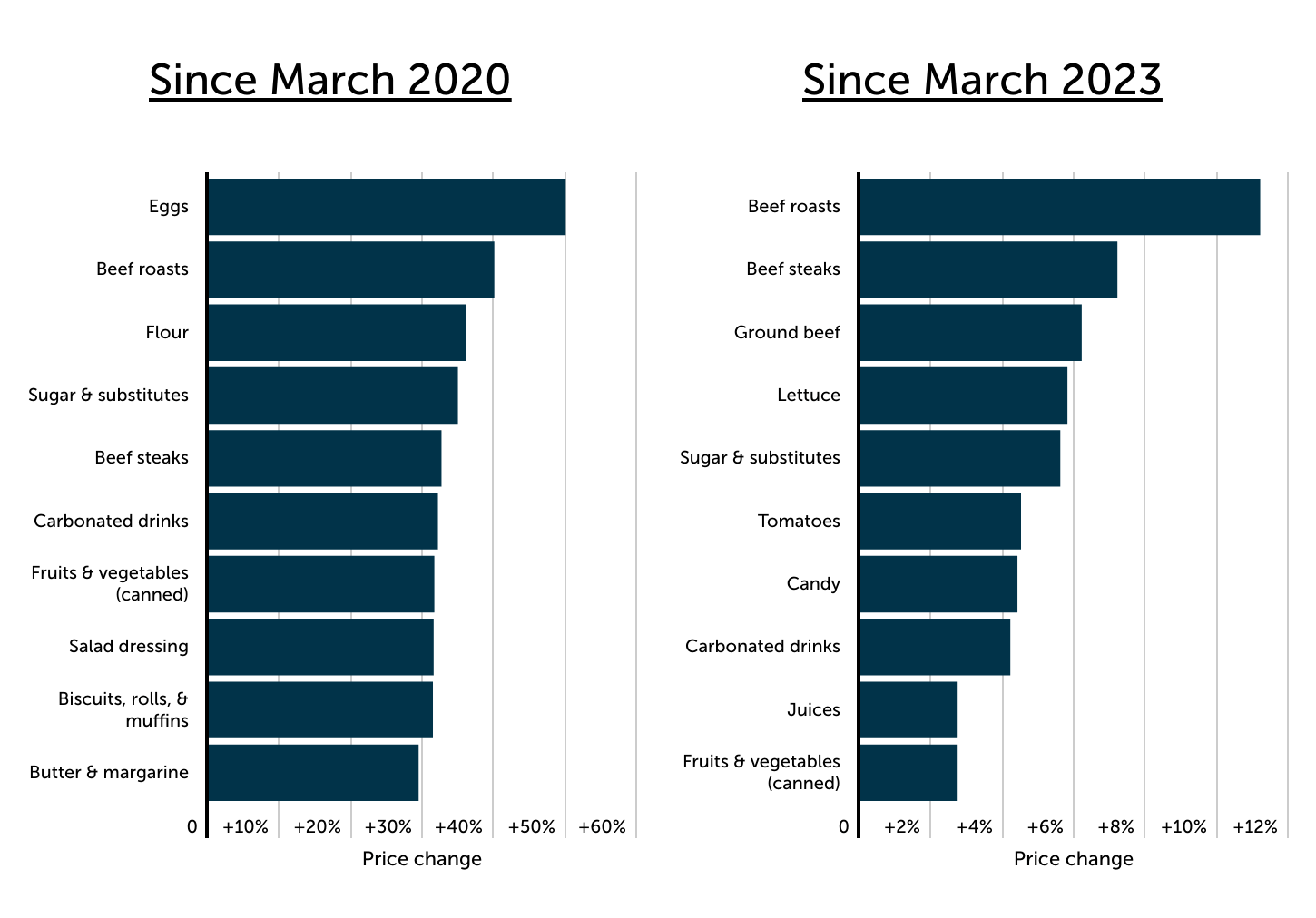

For most of the last three years, American consumers have been grappling with greater financial pressure from increased prices throughout the economy.
Inflation, as measured by the Consumer Price Index (CPI), has fallen since its June 2022 peak of 9.1%, but current levels of inflation still sit above the Fed’s preferred target rate of 2%. Additionally, CPI data released in April exceeded forecasts, showing year-over-year price increases of 3.5% and month-to-month increases of 0.4%. These figures present a challenge to the Federal Reserve’s earlier indications of potential interest rate cuts in 2024.
While several economic indicators, such as wage growth and unemployment rates, exhibit resilience, public sentiment towards the economy is significantly impacted by inflation rates. As prices escalate in key expenditure categories, Americans across the nation feel a tighter squeeze on their finances. One of the spending categories where consumers have faced the greatest pressure from price increases is groceries.
Since the onset of the COVID-19 pandemic, food prices have surged at their fastest rate since the 1970s, rising by an astonishing 13.5% from August 2021 to August 2022 alone. While the pace of increase has moderated since then, grocery prices remain at historically high levels, adding considerable strain to household budgets. This upward trend in food costs is particularly concerning for families on tight budgets, as food expenses represent a non-negotiable necessity. Unlike discretionary spending, which can be trimmed in times of financial strain, expenditures on groceries are essential and cannot easily be reduced.
From March 2020 to March 2024, the CPI for food at home—a category that includes foods and nonalcoholic beverages meant for off premises consumption—has risen by 24.7%, outpacing the 20.3% increase observed across other CPI categories. This equates to a roughly 25% overall increase in the cost of grocery store items compared to just four years ago.
While grocery prices are up nearly 25% overall since the beginning of the pandemic, certain items have seen more significant upticks. Since March 2020, the cost of eggs has increased by 50%, while beef roasts, flour, and sugar have each risen by over one-third. Other items with large price increases over the same time period include carbonated beverages (up 32.1%) and canned fruits and vegetables (up +31.6%).
More recently, beef products have witnessed considerable price hikes, claiming the top three spots in year-over-year increases. Since last March, the cost of beef roasts has risen by 11.2%, steaks by 7.2%, and ground beef by 6.2%. Notably, sugar, carbonated beverages, and canned produce, which saw significant price increases since 2020, are also among the items with the largest year-over-year price hikes.
to read the full report: https://www.traceone.com/resources/plm-compliance-blog/grocery-store-items-that-have-increased-most-in-price
